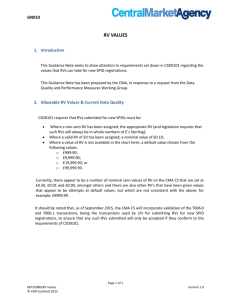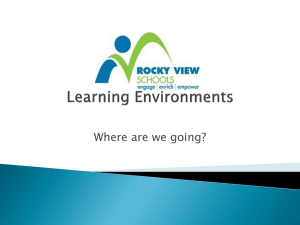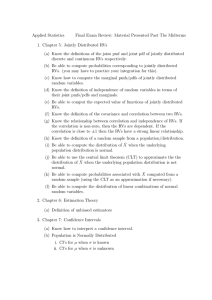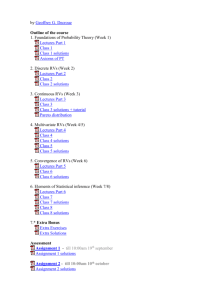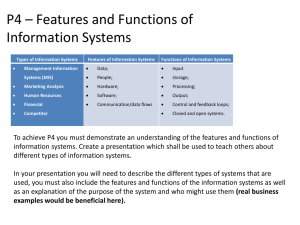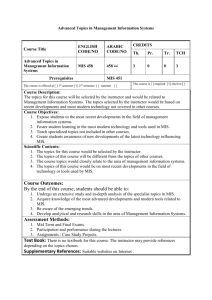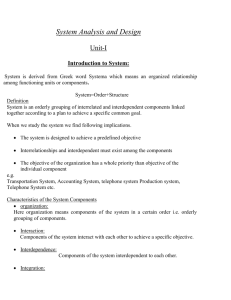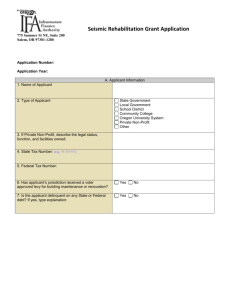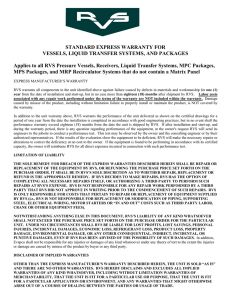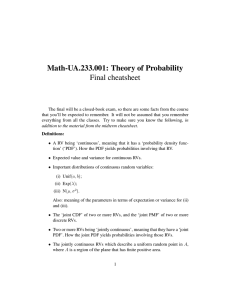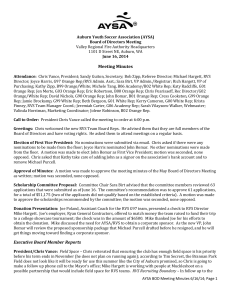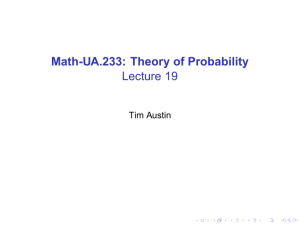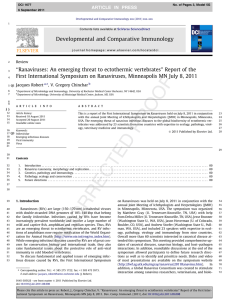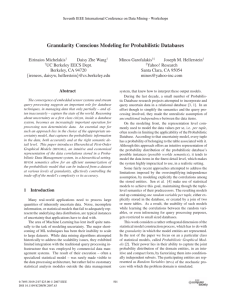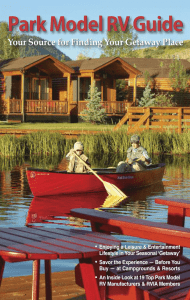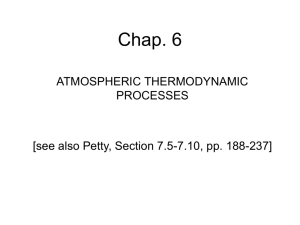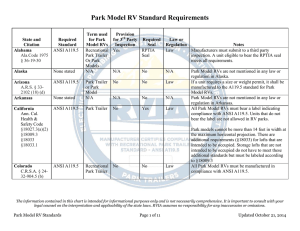Solving Word Problems
advertisement
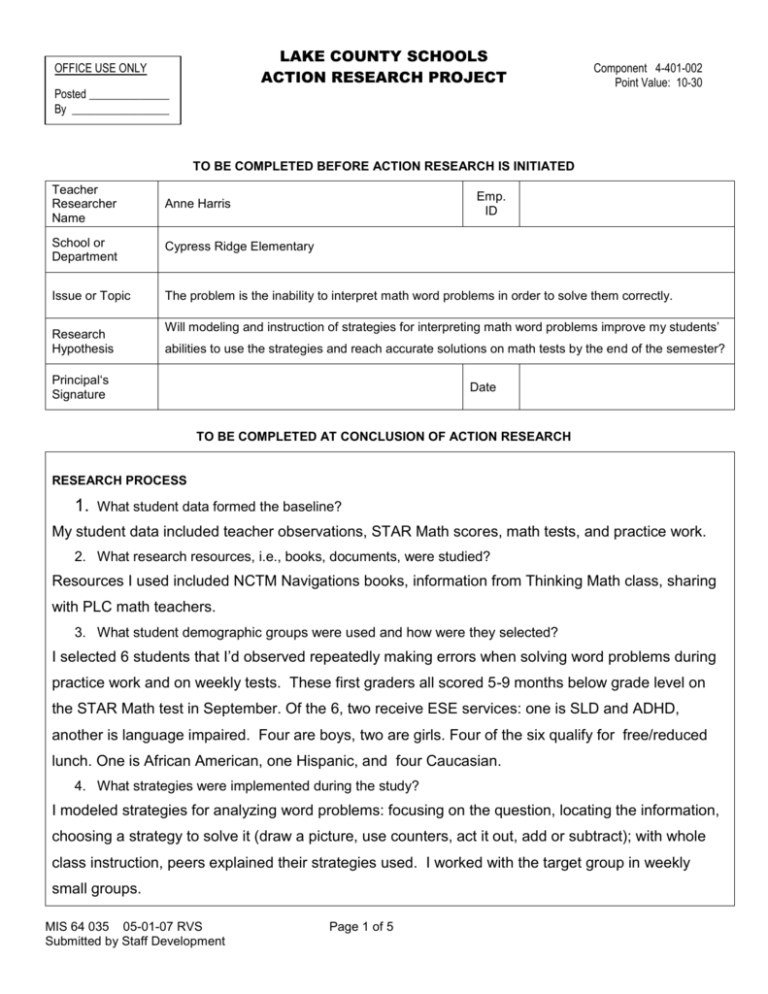
LAKE COUNTY SCHOOLS ACTION RESEARCH PROJECT OFFICE USE ONLY Posted ______________ By _________________ Component 4-401-002 Point Value: 10-30 TO BE COMPLETED BEFORE ACTION RESEARCH IS INITIATED Teacher Researcher Name Anne Harris School or Department Cypress Ridge Elementary Issue or Topic The problem is the inability to interpret math word problems in order to solve them correctly. Research Hypothesis Emp. ID Will modeling and instruction of strategies for interpreting math word problems improve my students’ abilities to use the strategies and reach accurate solutions on math tests by the end of the semester? Principal‘s Signature Date TO BE COMPLETED AT CONCLUSION OF ACTION RESEARCH RESEARCH PROCESS 1. What student data formed the baseline? My student data included teacher observations, STAR Math scores, math tests, and practice work. 2. What research resources, i.e., books, documents, were studied? Resources I used included NCTM Navigations books, information from Thinking Math class, sharing with PLC math teachers. 3. What student demographic groups were used and how were they selected? I selected 6 students that I’d observed repeatedly making errors when solving word problems during practice work and on weekly tests. These first graders all scored 5-9 months below grade level on the STAR Math test in September. Of the 6, two receive ESE services: one is SLD and ADHD, another is language impaired. Four are boys, two are girls. Four of the six qualify for free/reduced lunch. One is African American, one Hispanic, and four Caucasian. 4. What strategies were implemented during the study? I modeled strategies for analyzing word problems: focusing on the question, locating the information, choosing a strategy to solve it (draw a picture, use counters, act it out, add or subtract); with whole class instruction, peers explained their strategies used. I worked with the target group in weekly small groups. MIS 64 035 05-01-07 RVS Submitted by Staff Development Page 1 of 5 5. What was the timeline for the study? October 2009-May 2010 Approved Disapproved Comments Principal assigns 10-30 points Principal’s Signature Director of Staff Development Signature MIS 64 035 05-01-07 RVS Submitted by Staff Development Date Date Acknowledged Page 2 of 5 LAKE COUNTY SCHOOLS ACTION RESEARCH PROJECT - SHARING THE RESULTS [Complete online and email to Haskinsbj@lake.k12.fl.us] Title of Action Research Project Solving Word Problems Name of Teacher Researcher Anne C. Harris Name of School Cypress Ridge Elementary Grade Level first Answer the following questions in your abstract. DO NOT USE teacher or student names. 1. Classroom Problem: Provide a description of your identified classroom problem. 2. Research Process: Provide a detailed description of your research process. 3. Collection and Analysis: Provide a narrative summary of your collected and analyzed data. 4. Action: Provide a summary of your decisions based on your analyzed data. 5. Professional Reflection: What did you learn through this process? How did conducting action research impact your teaching? ABSTRACT: In September 9 students scored 5-9 months below grade level on the STAR Math test. In addition, I observed on several occasions that 6 of these students had difficulty using counters to solve word problems that involved basic addition and subtraction (how many in all, how many are left). Notably, they did not interpret the problems correctly with consistency. My hypothesis was that by working with the children in small groups, teaching them to analyze word problems, they would become proficient problem solvers. I worked weekly with the children in small groups teaching a variety of methods to use. I utilized the Thinking Math strategy of incorporating the students’ names into the word problems, which appeared to be equally motivational to all the children. Even if it was a friend’s name and not the specific child, the children reacted positively to this strategy, giving these word problems a fun quality. Another Thinking Math strategy I used was posing the question first before giving the information in the problem. Sometimes we used highlighters to highlight the question and information to maintain a visual cue of important parts of the problem. I modeled verbalizing what I was doing, getting appropriate counters or drawing a picture, and I had the children do the same thing, too. I used much modeling and guided practice with the group. A constant part of the problem solving was talking through it- why did you do what you did, what can we use or do to MIS 64 035 05-01-07 RVS Submitted by Staff Development Page 3 of 5 find the answer. Data included STAR Math results, charted below. All of the children in this group made better than one year’s gain. I also relied on teacher observation while the children were working on practice activities and problem-solving portions of math tests to determine the level of student success. I soon began to see that Students 1, 3, and 5 were improving on their abilities to interpret and solve problems. Student 5 was discontinued from the group. Students 1 and 3 needed the small group attention to stay on task and continue to build confidence. Students 2 and 4 got to the point that they recognized and could solve “how many are left” and “how many in all” problems, but applying missing addend or subtrahends, or skip counting in word problems required much guided practice. STAR *SLD/ADHD **language Math impaired Results Student 1 Student 2* Student 3 Student 4 Student 5 Student 6** Sept. 0.5 0.1 0.0 0.0 0.3 0.6 Jan. 1.3 1.3 0.5 0.5 1.7 1.1 May 2.1 2.0 1.6 1.8 1.7 2.1 I was not able to discern that one strategy worked particularly better with any subgroups. All the children responded positively to using highlighters, seeing their names in problems, and using a variety of manipulatives while working. Using the strategy of reading the question first was helpful to 3/4 of the boys, as they each stated that they knew they’d be performing a certain operation based on the question, and they were usually correct. Verbalizing, along with the action of the steps (drawing or moving manipulatives) was probably the most significant factor in helping the children to interpret the problem. I always expected the children to explain how they found a solution, which was not easy for Students 2 and 6. In our small group it helped the kids to hear each other’s methods of solving problems. Students 3 and 5 were the first to rely on manipulatives less and mental strategies more in solving the problems. Attached work samples show some types of problems we worked on. On Math tests, there were usually from 2 to 4 word problems to solve. All of these students would correctly solve 50% or less when I started this process. As they progressed, 4/6 were able to correctly solve word problems at a rate of 75% or better. MIS 64 035 05-01-07 RVS Submitted by Staff Development Page 4 of 5 One of the things I learned was that seemingly simple strategies can have a big impact. I found that to be true with posing the question first in a story problem. Particularly with 3 boys, it was a confidence booster, as they often recognized right away what they would need to do. It’s important to try various strategies in order to find what can best help the kids. Another thing that I focused on more and will continue to focus on is practice, practice, practice! The repeated practice enabled the children to get much better and to see themselves as competent problem solvers. As a result of this process, I incorporated much more problem solving practice than I have in past years and my students are better at it because of it. Source: A Guide to Becoming an Action Research – Department of Education MIS 64 035 05-01-07 RVS Submitted by Staff Development Page 5 of 5
